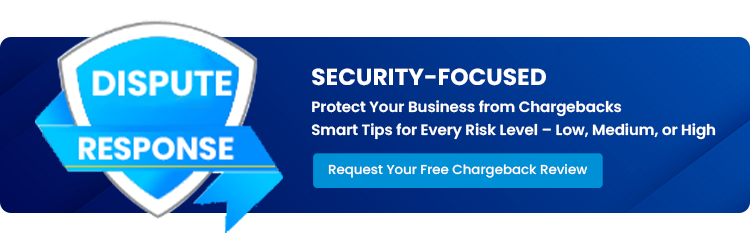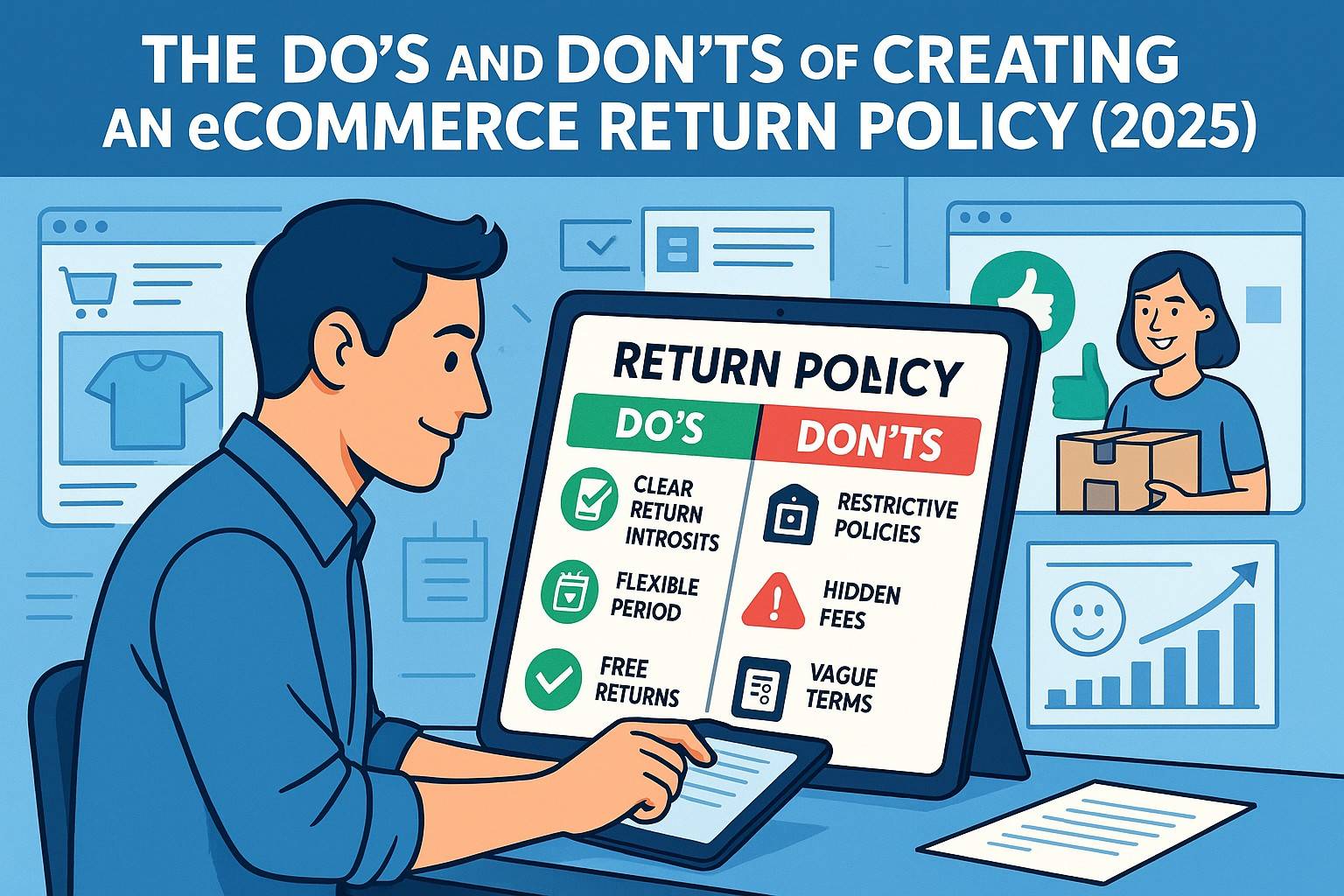Chargeback Management Services - Dispute Response Sep/ 21/ 2025 | 0
Creating a clear and effective return policy is crucial for any eCommerce business. It protects your business from fraud and ensures customer satisfaction. In 2025, crafting a comprehensive and customer-friendly return policy can also help prevent chargebacks and disputes. Here’s what you should do and avoid when creating or updating your eCommerce return policy.
Do: Clearly Define Your Return Period
Make sure your return window is clear. Specify the exact time frame (e.g., 30 days from purchase), ensuring customers know when they can return items. A well-defined return period builds trust and reduces disputes.
Do: Outline Conditions for Return Eligibility
List the conditions under which returns are accepted. Common criteria include unopened items, items in original packaging, and proof of purchase. Clear conditions reduce confusion and protect your business from fraudulent returns.
Do: Provide a Simple Return Process
A straightforward, easy-to-follow process for returns helps improve the customer experience. Include a step-by-step guide on how to initiate returns, whether it’s via email, phone, or your website.
Do: Address Return Shipping Costs
Specify who will bear the cost of return shipping. Some businesses opt to cover the cost for defective products, while others pass this responsibility onto the customer. Be upfront about your policy to avoid surprises.
Do: Offer Store Credit or Exchanges
Consider offering store credit or exchanges instead of full refunds, especially for high-ticket items. This approach allows you to retain revenue while still satisfying your customers.
Don’t: Have an Ambiguous or Lengthy Return Process
Avoid vague terms like “reasonable” or “excessive” in your return policy. Ambiguity can lead to customer frustration and chargeback claims. Ensure your policy is detailed, clear, and concise.
Don’t: Accept Returns Without Proof of Purchase
Accepting returns without a receipt or order confirmation can open the door to fraud. Always require proof of purchase to minimize the risk of chargebacks.
Don’t: Ignore Refund Timelines
Be specific about how long it will take to process a refund. Ideally, refunds should be processed within a set period (e.g., 7-10 business days). Delayed refunds can lead to customer dissatisfaction and increase the likelihood of disputes.
Don’t: Overlook Legal Compliance
Ensure your return policy complies with local, state, and federal regulations, including consumer protection laws. Staying compliant prevents legal trouble and enhances your brand’s reputation.
Don’t: Make Returns a Hassle for Customers
A convoluted return process can deter customers from making future purchases. Make it simple to initiate returns, and offer multiple channels for returns (e.g., mail, in-person). The easier you make it, the more likely customers will return, rather than turning to chargebacks.

Email us anytime!
Email customer service 24/7

Call us anytime!
Reach customer care 24/7 at +1 (888) 927-5152
Why a Strong Return Policy Matters for Your Business
A well-crafted return policy doesn’t just protect your customers — it also safeguards your business. By reducing the number of chargebacks and customer disputes, you can ensure smoother operations and protect your revenue. A solid return policy also builds trust with customers, making them more likely to complete their purchases.
If you’re unsure about drafting or updating your return policy for 2025, seek professional guidance to ensure your business is protected from fraudulent activity and chargebacks. Always keep your customers’ satisfaction and your business’s security in mind.


